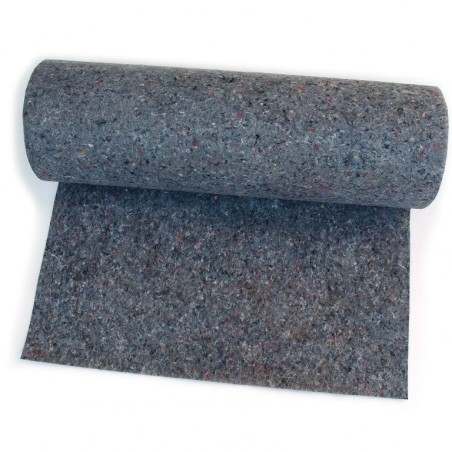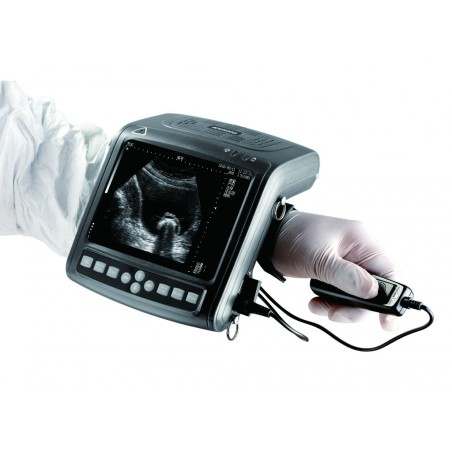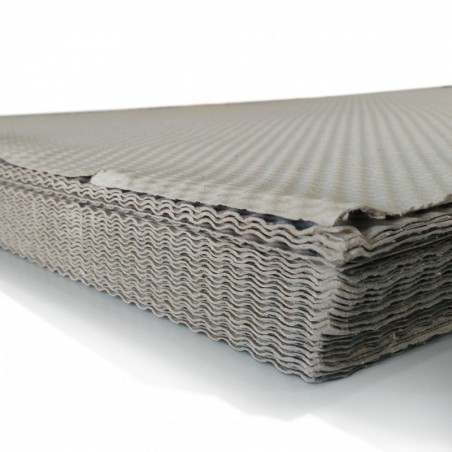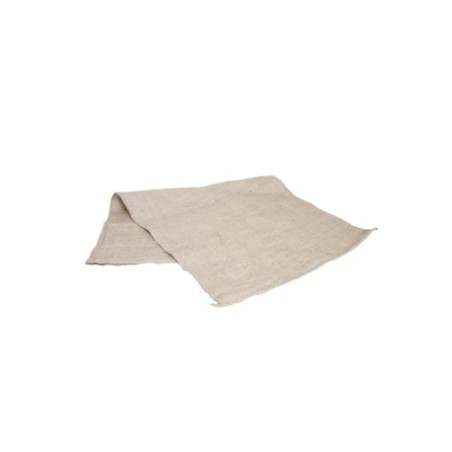In a previous study, we showed that follicle size at weaning affects the response of a sow to a short-term altrenogest treatment after weaning. In this study, an attempt was made to prevent the growth of follicles into larger size categories before weaning by using different altrenogest treatments before weaning to improve reproductive performance after postweaning altrenogest treatments. Sows (87 primiparous and 130 multiparous) were assigned to the following treatments: control (no altrenogest treatment; n = 59), RU0-20 (20 mg of altrenogest from d −1 to 6; weaning = d 0; n = 53), RU40-20 (40 mg of altrenogest from d −3 to 0 and 20 mg of altrenogest from d 1 to 6; n = 53), and RU20-20 (20 mg of altrenogest from d −3 to 6; n = 52). Follicle size was assessed daily with transabdominal ultrasound. Follicle sizes on d −3 (3.6 ± 0.7 mm) and at weaning (4.0 ± 0.7 mm) were similar for all treatments.
Altrenogest-treated sows had larger follicles at the beginning of the follicular phase than did control sows [5.4 ± 0.1 and 3.8 ± 0.2 mm (least squares means), respectively; P < 0.0001] and on d 4 of the follicular phase [8.0 ± 0.1 and 6.7 ± 0.2 mm (least squares means), respectively; P < 0.0001]. Multiparous sows had larger follicles than did primiparous sows at the beginning of the follicular phase [5.3 ± 0.1 and 4.7 ± 0.1 mm (least squares means), respectively; P < 0.01] and on d 4 of the follicular phase [8.0 ± 0.1 and 7.0 ± 0.1 mm (least squares means), respectively; P < 0.0001]. Farrowing rate and litter size (born alive dead) were not affected by treatment or parity. However, in primiparous sows, when mummies were included in litter size, altrenogest-treated sows had larger litters than did control sows (13.4 ± 0.5 and 11.9 ± 0.7 piglets, respectively; P = 0.02). In primiparous control sows, backfat depth at weaning and litter size were positively related (slope of the regression line = 0.82; P < 0.05), which was not the case in primiparous sows receiving altrenogest.

In conclusion, the different altrenogest treatments before weaning did not prevent the growth of follicles before weaning and similarly affected subsequent follicle development and fertility. In primiparous sows, altrenogest treatment after weaning increased the number of fetuses during pregnancy, but positive effects seemed limited by uterine capacity. Altrenogest treatment after weaning improved litter size in primiparous sows with reduced backfat depth at weaning, which suggests a specific positive effect of a recovery period after weaning in sows with reduced BCS at weaning.
J. J. J. van Leeuwen, M. R. T. M. Martens, J. Jourquin, M. A. Driancourt, B. Kemp and N. M. Soede. Effects of altrenogest treatments before and after weaning on follicular development, farrowing rate, and litter size in sows. J ANIM SCI August 2011 vol. 89 no. 8 2397-2406. doi: 10.2527/jas.2010-3752







